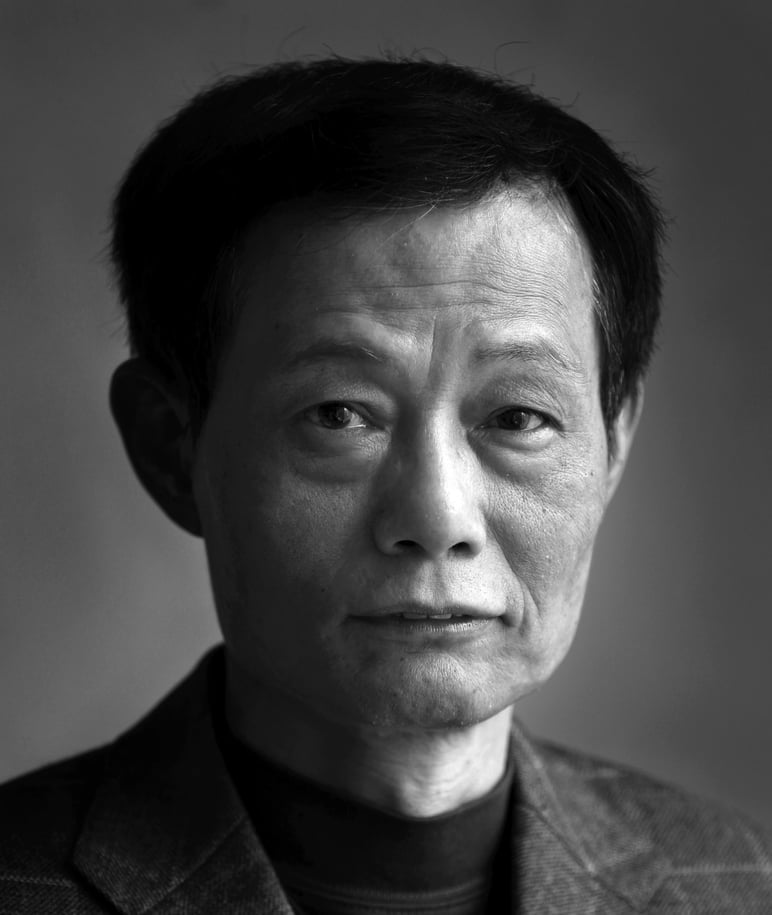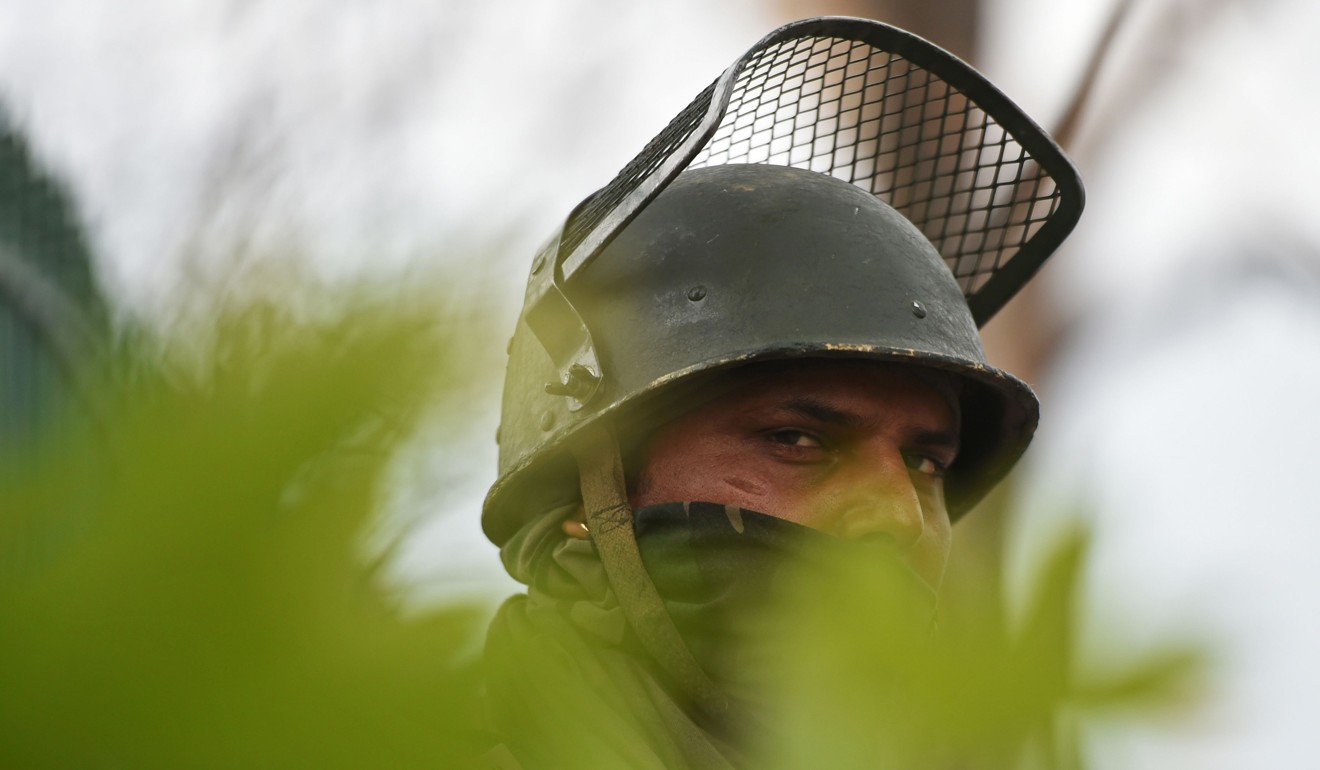
How Sun Tzu sheds light on the shifting alliances in South Asia
Cary Huang says years after the cold war, there seems to be an emerging axis between Russia, China and Pakistan, versus another featuring India and the US
The advice to befriend a distant state while making war with a neighbour, as expounded by Chinese strategist Sun Tzu in his famous Art of War, might well explain the multiple triangular relationships in South Asia and the wider region.
For the past seven decades, the geopolitics of South Asia has been shaped by the symbiotic relationship between Pakistan, India and China.
During the cold war, Pakistan befriended China to resist India; India made an alliance with the Soviet Union to contain China; and China allied with the United States to check the Soviet empire.
As Xi and Modi put differences aside at SCO summit, will India-Pakistan ties follow suit?
With its expansion, the SCO, a political and security organisation created in the aftermath of the break-up of the Soviet Union, and which also includes Kazakhstan, Uzbekistan, Tajikistan and Kyrgyzstan, will represent 42 per cent of humanity and 22 per cent of global gross domestic product. The organisation is expected to create more shared interests by fostering multilateral cooperation, laying the foundations for resolving differences, amid persistent Sino-Indian and Indo-Pakistan rivalry. The two subcontinental powers have fought four major wars since their independence in August 1947, and there have been regular border conflicts between China and India, and a brief border war in 1962.

Relations between China and India have also improved in recent years due to their shared aspirations to overhaul the world order dominated by the West. Both are members of BRICS, along with Brazil, Russia and South Africa.
However, their mutual suspicions and distrust run deep, as evidenced by a series of recent events: New Delhi accused Beijing of blocking India’s entry into the Nuclear Suppliers Group, and China has continued to stall India’s efforts to get Pakistan-based Jaish-e-Mohammed chief Masood Azhar designated a terrorist by the UN. India was also annoyed by Beijing’s decision to sell eight submarines to its Islamic neighbour. In turn, New Delhi has snubbed China’s Belt and Road Initiative, citing the planned China-Pakistan Economic Corridor passing through contested Kashmir as a reason behind its boycott.

Why India is cool towards China’s belt and road
During the cold war, the world’s two superpowers, the US and the Soviet Union, sought to manipulate the conflict in the subcontinent to advance their political objectives. With improved Sino-Russia relations, India is forging a new military alliance with the US in an effort to check a fast-rising China.
By bringing together the world’s most populous nations, some of its fastest-growing major economies and four of the world’s seven existing nuclear powers, the SCO has the potential to have a significant impact on global geopolitics. However, it is neither a military bloc nor a counterweight to the US-led Nato, and it itself is deeply divided by interests.
Rather, I foresee the emergence of a new axis between Russia, China and Pakistan, versus another nuclear-power alliance between the US and India, replacing the cold-war arrangements of the Pakistan-China-US axis vs the Soviet-India alliance. The permutations are different, but expect to see similar rivalry for influence in the Indian Ocean and beyond.
Cary Huang is a senior writer at the Post

